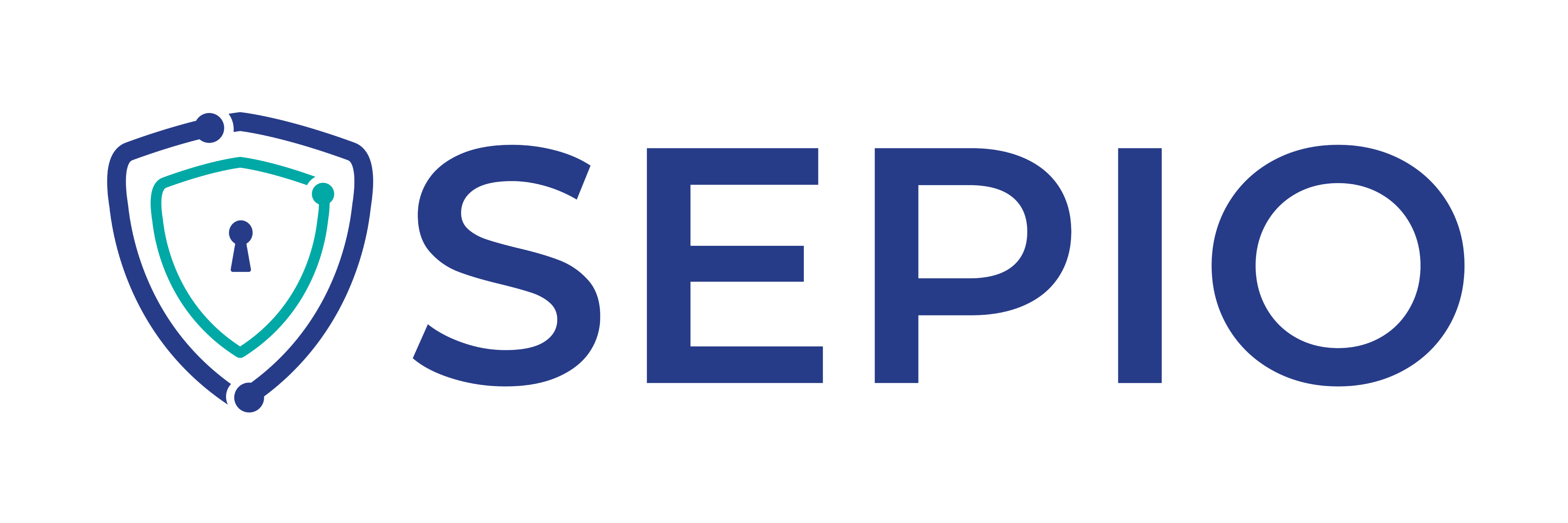Technology vs. counterfeiters’ – How Smart Packaging can help you win
Fake products are everywhere. From oil to pharmaceuticals, to packaged food, sneakers and even alcohol, criminals profit by tricking consumers into buying their counterfeit goods. In fact, it’s estimated that over 60% of olive oil is fake, and in some instances, it has been reported that there’s an 87% chance that a product purchased online is fake and of a lower quality. Counterfeit sales represent 5 to 7 percent of world merchandise trade and is worth about $397 billion as per Harvard business review.
Every brand wants to protect its consumers from harm. Unfortunately, the Internet is full with counterfeit goods. Not only do fakes eat into brand revenues they also pose a health and safety risks to consumers.
A long-term brand protection strategy requires expertise in anti-counterfeiting, anti-counterfeiting technology as well as anti-counterfeit packaging. Physical technology such as special inks, paper quality, and packaging design are important for brand protection. However, a digital layer i.e. anti-counterfeit technology is critical to achieve a company’s brand protection objectives.
Maintaining the integrity of the original manufacturer’s packaging throughout the entire supply chain is of immense importance. It provides a guarantee that the packaging of the original manufacturer is unchanged, making it easier to spot if the packaging has been tampered. Overt visible markers on product packaging have been commonly used to identify a genuine from a fake. However, these visible markers like holograms and other distinguishing markers applied to mono cartons are easily copied to a high level of accuracy. To the untrained eye, a genuine and fake example can look identical. Hence, companies should adopt digital packaging or anti-counterfeit packaging, which are strong enough to tackle counterfeiting.

Global best practices in anti-counterfeit packaging and anti-counterfeit technology include a combination of select physical packaging solutions along with intelligent packaging solutions. The combination of physical and digital, also known as ‘phygital’ adds a strong layer of protection to a brand.
Smart packaging to defeat counterfeiting can be enabled by considering the following solution options:
1.Covert Codes
Simple codes which are hidden, to be revealed post purchase can help consumers authenticate the product. These codes are in the form of one time kill codes. Hence, even if a counterfeiter replicates the code, when a consumer scans the first code, all the copies of the code will now be marked as ‘Sold’ and alert the brand at the same time on the presence of a duplicate code.
2.Smart codes
These are overt codes which have a strong supporting AI/ML technology to support the scanning data. The brand can set parameters around key metrics and thresholds. If any deviation is observed by the system, it reports the suspicious scan data to the brand in real time.
3.Image based codes
This revolutionary technology has made authenticating products a layered process. An app recognizes the original packaging of the product through image recognition software and confirms whether or not key parameters match the original product. In this manner, the app detects if the packaging is genuine or not.
Smart packaging has found its roots not only in Anti-counterfeit technology but it also being used for traceability of products and consumer engagement at the point of purchase to post purchase.
To unlock such digital advancements for your brands and stay a step ahead of counterfeiter’s, you can connect with Sepio Products by mailing them at [email protected].

